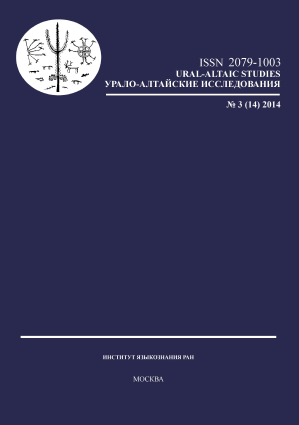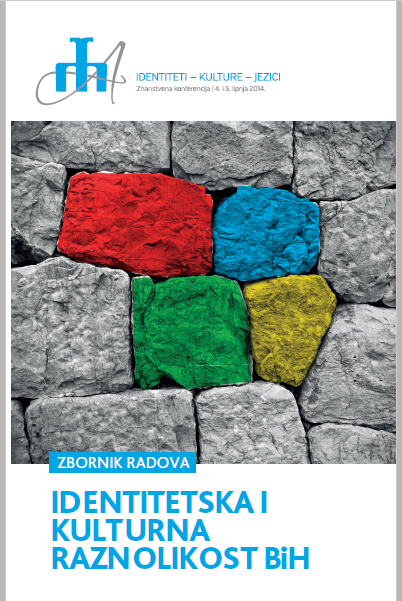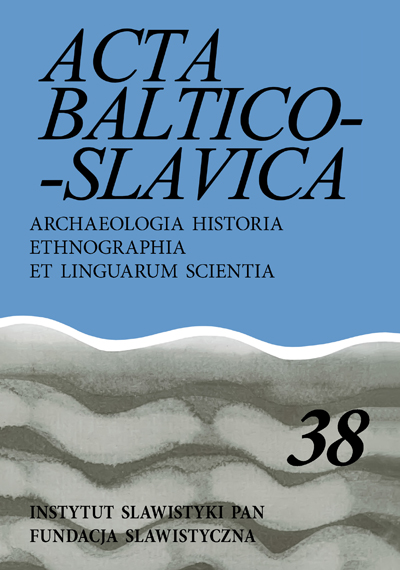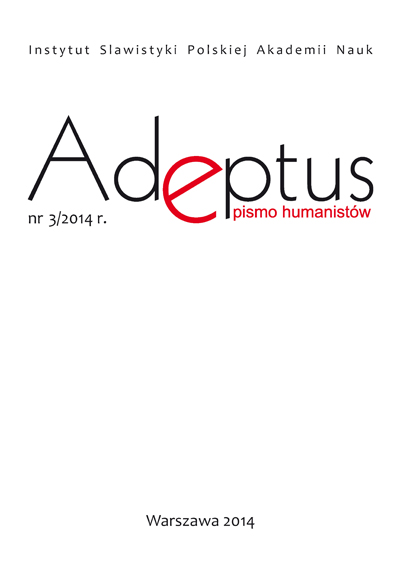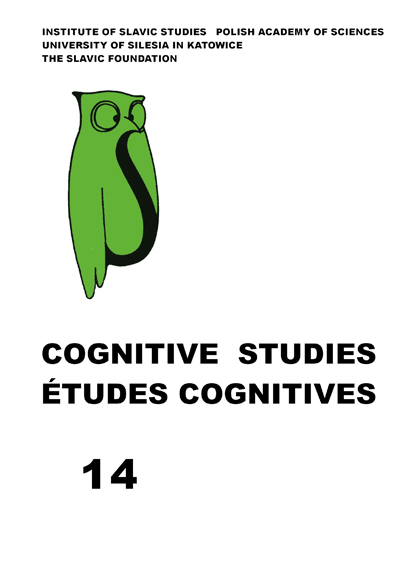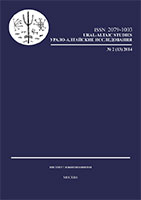
Отражение гендерных стереотипов в татарских паремиях
The article is devoted to the gender analysis of the tokens ‘man’ and ‘woman’ on the material of the Tatar proverbs. Axiological characteristics of man’s and woman’s images were studied on the basis of physiological (features of appearance, age characteristics), psychological (personality traits, intellectual abilities, relationships between a man and a woman) and status and role characteristics (behavioral characteristics, family relations, social status, property condition). The study of gender stereotypes with linguistic and cultural perspective reveals ethnically and culturally conditioned specifics of conceptualization of masculinity and femininity in the Tatar proverbs.
More...
